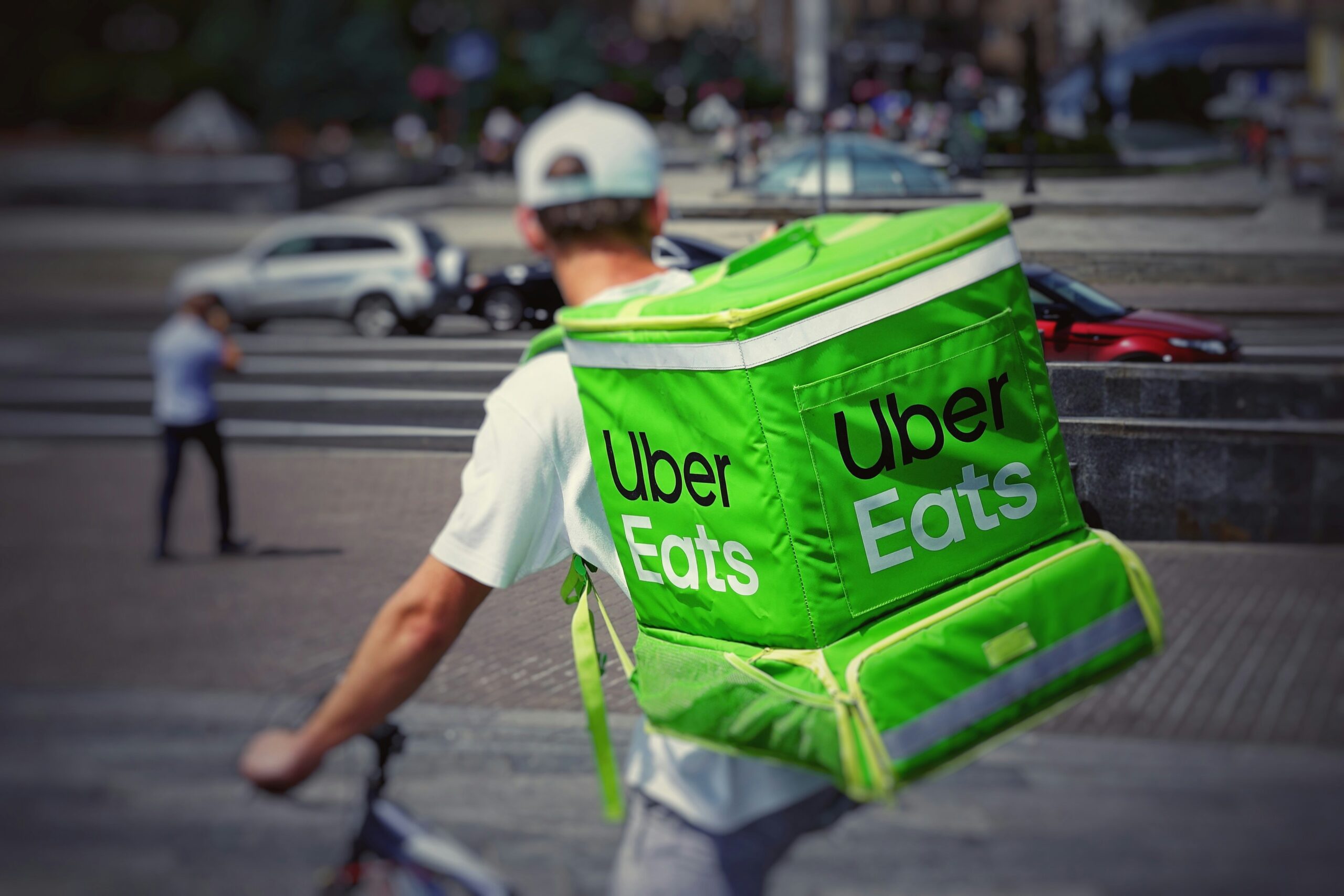Photo by Robert Anasch on Unsplash
Delivery platforms like DoorDash and UberEats have significantly boosted restaurant sales by expanding their reach and providing convenience to customers. However, these benefits come with challenges such as potential food quality issues, high commission fees, and a loss of direct customer relationships.
THIRD-PARTY ORDER AND DELIVERY PLATFORMS HAVE REVOLUTIONIZED THE RESTAURANT INDUSTRY
By Jonny Dey
Third-party order and delivery platforms like DoorDash and UberEats have revolutionized the restaurant industry by significantly increasing sales and providing convenience to customers. However, these benefits come with some drawbacks, particularly concerning food quality from slow deliveries. Let’s explore these aspects in detail.
Increased Sales and Reach
1. Expanded Customer Base: Third-party delivery platforms allow restaurants to reach a wider audience beyond their physical location. Customers who might not have known about a restaurant or are unable to visit in person can easily order food online. This expanded reach can lead to a substantial increase in sales, especially during off-peak hours or in areas with high demand for delivery services.
2. Convenience for Customers: These platforms provide an easy and convenient way for customers to order food from their favorite restaurants. The user-friendly interfaces and quick ordering process make it appealing for customers to use these services regularly, leading to repeat business and increased sales for restaurants.
3. Marketing and Visibility: Delivery platforms often promote restaurants through their apps and websites, providing additional marketing and visibility. This can include featuring restaurants in special promotions, discounts, or highlighting new menu items, which can attract more customers and boost sales.
4. Data and Insights: Restaurants can leverage the data provided by these platforms to gain insights into customer preferences, peak ordering times, and popular menu items. This information can be used to optimize menus, pricing, and marketing strategies to further increase sales.
Challenges and Downsides
1. Food Quality Issues: One of the significant downsides of relying on third-party delivery services is the potential impact on food quality. Delays in delivery can result in food arriving cold or soggy, which can negatively affect the customer experience. This can lead to dissatisfaction and potentially harm the restaurant’s reputation.
2. High Commission Fees: Third-party platforms typically charge restaurants a commission fee for each order placed through their service. These fees can range from 15% to 30% or more, which can significantly cut into the restaurant’s profit margins. Some restaurants may find it challenging to balance the increased sales with the cost of using these platforms.
3. Loss of Direct Customer Relationship: When customers order through third-party platforms, restaurants lose direct interaction with them. This can make it harder to build customer loyalty and gather direct feedback. Additionally, any issues with the delivery experience may reflect poorly on the restaurant, even if the fault lies with the delivery service.
4. Dependence on External Platforms: Relying heavily on third-party delivery platforms can make restaurants vulnerable to changes in the platform’s policies, fees, or algorithms. Sudden changes can disrupt business operations and impact sales. It’s crucial for restaurants to diversify their sales channels to mitigate this risk.
Mitigating the Downsides
1. Quality Control Measures: Restaurants can implement quality control measures to ensure that food is packaged and handled in a way that maintains its quality during delivery. This can include using insulated packaging, sealing containers to prevent spills, and choosing menu items that travel well.
2. Negotiating Fees: Some restaurants have successfully negotiated lower commission fees with delivery platforms, especially if they generate high volumes of orders. Exploring partnerships and leveraging collective bargaining through restaurant associations can also help reduce costs.
3. Building a Direct Online Presence: While third-party platforms are convenient, restaurants should also invest in their own online ordering systems. This can help retain direct customer relationships, avoid high commission fees, and provide better control over the customer experience.
4. Customer Feedback and Improvement: Actively seeking customer feedback and addressing any issues related to delivery can help improve the overall experience. This can include follow-up surveys, direct communication channels, and compensating for any delivery-related problems.
Conclusion
Third-party order and delivery platforms like DoorDash and UberEats have significantly boosted restaurant sales by expanding their reach and providing convenience to customers. However, these benefits come with challenges such as potential food quality issues, high commission fees, and a loss of direct customer relationships. By implementing quality control measures, negotiating fees, building a direct online presence, and actively seeking customer feedback, restaurants can mitigate these downsides and continue to thrive in the competitive food delivery market.
Learn More about Increasing Restaurant Profits, click here.
==============================================

